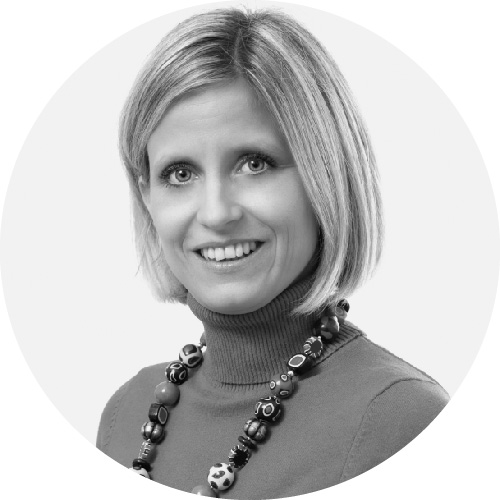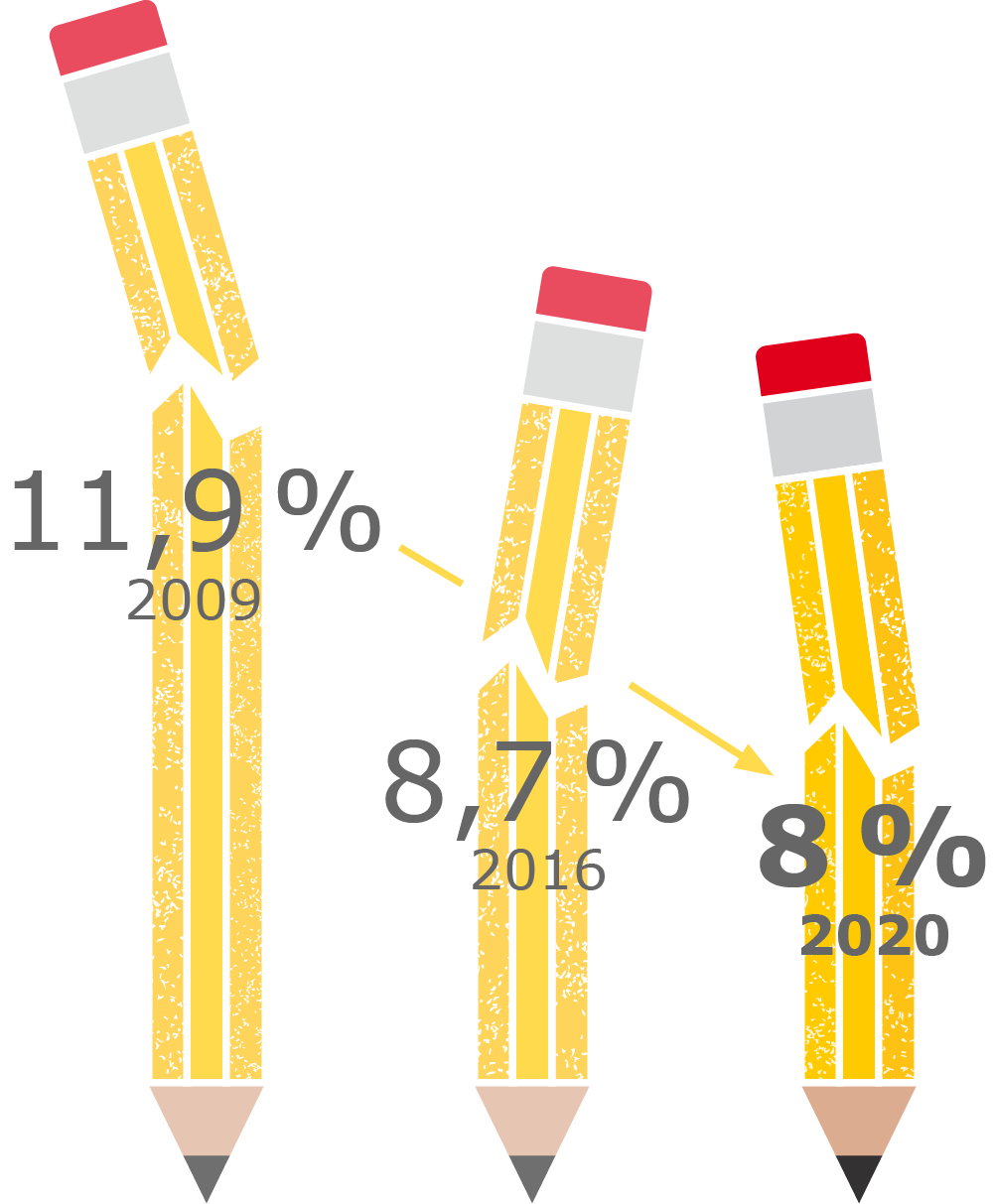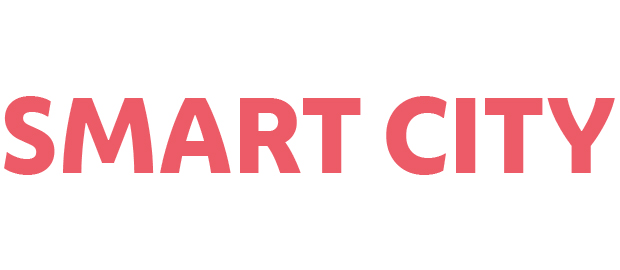Smart.  Simple.
Simple.
One space for nursery,
school and leisure time.
We learn together.
FACTS
- Vienna now has six educational campus locations. Another eight will be added by 2023.
- Heat recuperation at the campus in Seestadt Aspern saves 195 MWh/year (that is a financial saving of approx. 10,000 Euros per year).
 „The school day follows a rhythm of alternate learning times and play times that permit phases of concentration and work as well as those of relaxation and creativity. There is time for reflection, movement, chatting, a communal meal and individual support. Open education means that the rooms and spaces of the building are available to all. Joint projects make it possible to learn together and from each other. The campus is designed to be a ‘home’ for the children, so there are comfy relaxation zones and corners for individual alone time. These areas are also useful in the context of modern teaching styles and our work with small groups.“ Astrid Pany, Head of School, Campus Donaufeld
„The school day follows a rhythm of alternate learning times and play times that permit phases of concentration and work as well as those of relaxation and creativity. There is time for reflection, movement, chatting, a communal meal and individual support. Open education means that the rooms and spaces of the building are available to all. Joint projects make it possible to learn together and from each other. The campus is designed to be a ‘home’ for the children, so there are comfy relaxation zones and corners for individual alone time. These areas are also useful in the context of modern teaching styles and our work with small groups.“ Astrid Pany, Head of School, Campus Donaufeld
share of early school leavers
|

(persons aged between 18 and 24 with only minimum compulsory education)
There are many advantages to the notion of an educational campus where children aged between 0 and 10 years spend their day together. It enables a new form of daycare, where lessons and play times are interspersed throughout the day and synergies are tapped. At the same time, it also makes sustainable energy management possible. Bildungscampus Seestadt, for example, uses only renewable energies and is largely supply autonomous. The building covers its own energy demand primarily by using photovoltaics, as well as ground source heat exchangers with heat pumps: during the winter, the ground source heat exchangers take the warmth for heating from the ground. In the summer, excess heat can be fed back into the exchanger pipes. That creates a heat reservoir for all seasons.
This post is also available in: German

